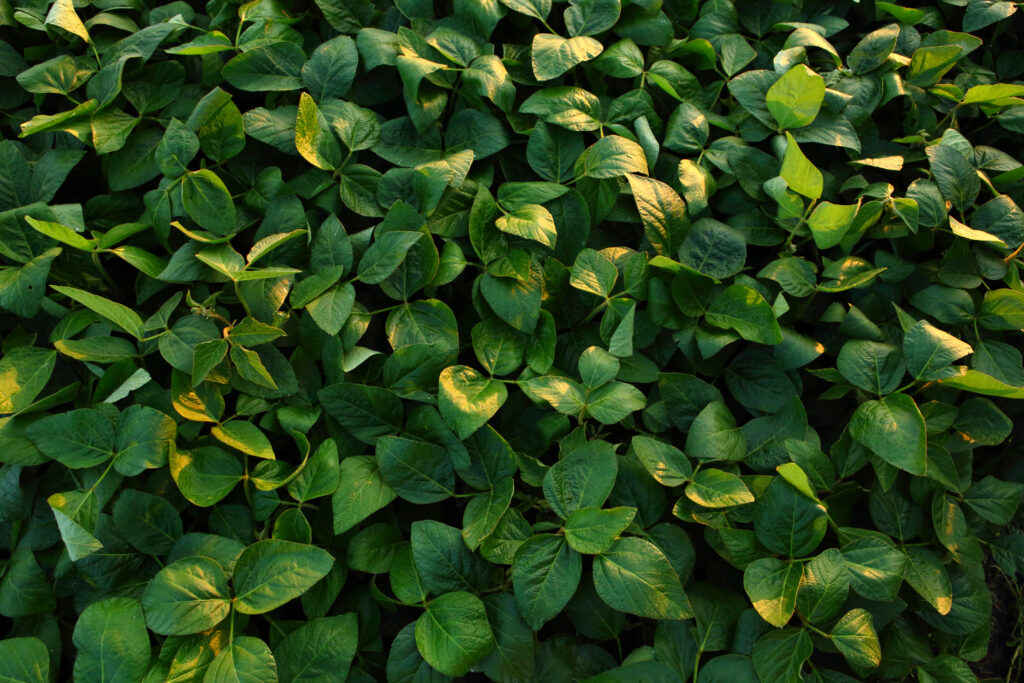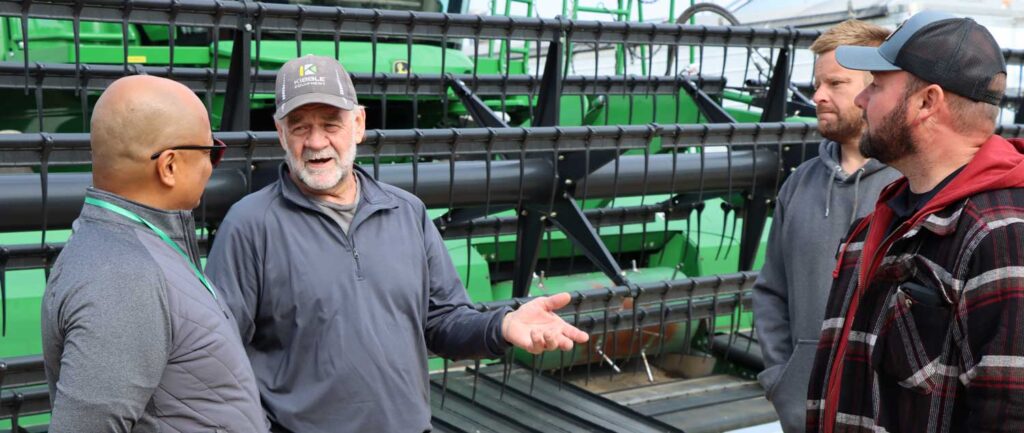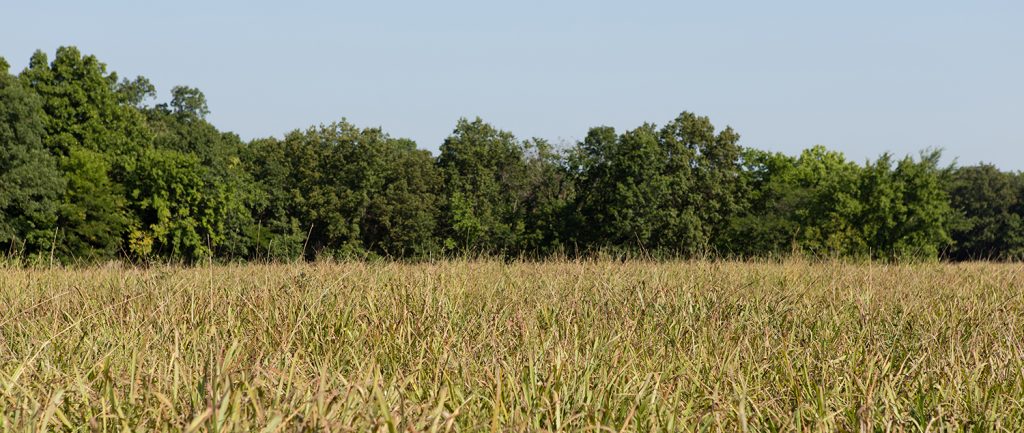The North Dakota State University (NDSU) Extension Service, in conjunction with the United States Department of Agriculture National Institute of Food and Agriculture and The North Central Sustainable Agriculture Research & Education, hosted a half-day educational event for Red River Valley Producers Sept. 26 on the NDSU Campus.
The event focused on incorporating cover crops into the farming system. Nearly 80 people showed up in the rain to learn how the use of cover crops can protect against erosion, nutrient lost and pest management.
One particular study of note was the use of Mighty Mustard – Kodiak variety – and its potential to combat Soybean Cyst Nematode (SCN). SCN has infected more than 50 percent of fields in Minnesota and is the primary yield robber of soybeans. The Kodiak variety has shown characteristics to be a “trap plant” for SCN when interceded into corn or seeded after wheat harvest in small trials. Trap plants trick a pest into reproducing early, which decreases the number of pests for soybeans the following year. Trap plants have been used as far back as biblical times and the effectiveness is highly correlated with timing and how long a crop is rotated out of production.
Most of the research with mustards and nematodes has been done in the Western United States and Germany. However, NDSU nematologist Guipin Yan, has begun testing several crops and varieties in greenhouse trials for SCN. Next year NDSU is looking to establish an experiment on larger infested fields by interseeding several trap crops and mustard varieties at different dates.
“In the field day, we showed 32 cover crops, including white mustard (Sinapis alba), There are many varieties of white mustard and some radishes in the market which act as trap plants for nematodes,” says NDSU Plant Science Professor Marisol Berti. “Trap plants produce chemicals in the roots, which induce soybean cyst nematode (SCN) (Heterodera glycines) to hatch. Juveniles migrate to the root of the trap plant thinking is a host plant, but they are not able to feed in it and starve to death. These plants preceding a soybean crop or interseeded into it could reduce the population density of SCN. We are conducting research to determine the real benefits of incorporating white mustard as one more tool for the integrated management of SCN.”
Click here to learn more about SCN. If you are near Fargo and would be interested in being part of a future study on SCN, please contact Minnesota Soybean Regional Project Manager Harrison Weber at harrison@mnsoybean.com or 507-514-3089.







